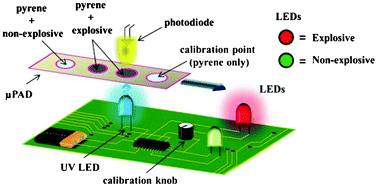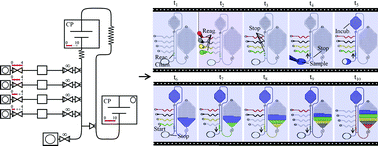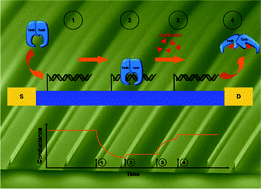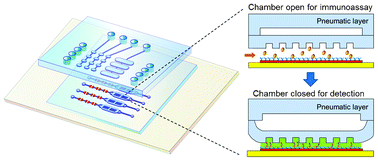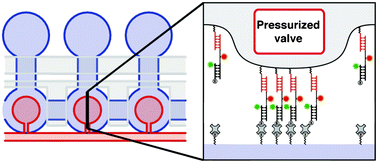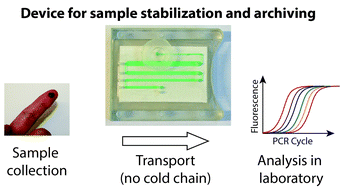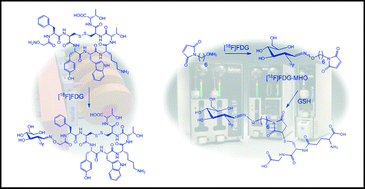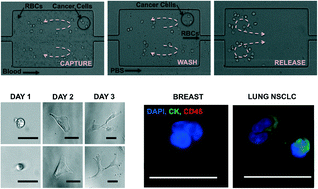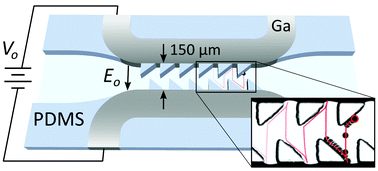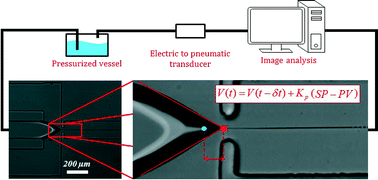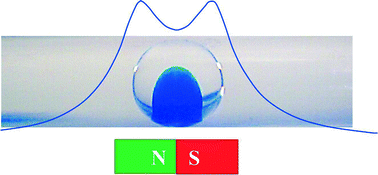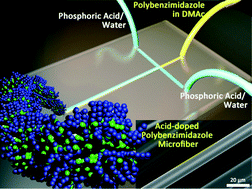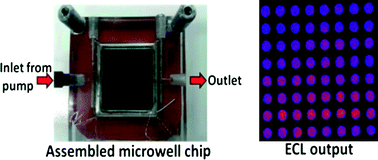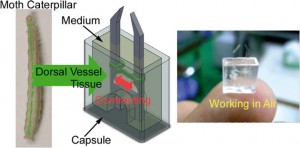This month sees the following articles in Lab on a Chip that are in the top ten most accessed July – September:-
Detection of waterborne parasites using field-portable and cost-effective lensfree microscopy
Onur Mudanyali, Cetin Oztoprak, Derek Tseng, Anthony Erlinger and Aydogan Ozcan
Lab Chip, 2010,10, 2419-2423
DOI: 10.1039/C004829A
Electrowetting-based actuation of droplets for integrated microfluidics
M. G. Pollack, A. D. Shenderov and R. B. Fair
Lab Chip, 2002,2, 96-101
DOI: 10.1039/B110474H
High-purity and label-free isolation of circulating tumor cells (CTCs) in a microfluidic platform by using optically-induced-dielectrophoretic (ODEP) force
Song-Bin Huang, Min-Hsien Wu, Yen-Heng Lin, Chia-Hsun Hsieh, Chih-Liang Yang, Hung-Chih Lin, Ching-Ping Tseng and Gwo-Bin Lee
Lab Chip, 2013,13, 1371-1383
DOI: 10.1039/C3LC41256C
Paper-based microfluidic point-of-care diagnostic devices
Ali Kemal Yetisen, Muhammad Safwan Akram and Christopher R. Lowe
Lab Chip, 2013,13, 2210-2251
DOI: 10.1039/C3LC50169H
Recent advances in microfluidics combined with mass spectrometry: technologies and applications
Dan Gao, Hongxia Liu, Yuyang Jiang and Jin-Ming Lin
Lab Chip, 2013,13, 3309-3322
DOI: 10.1039/c3lc50449b
Recent advances in particle and droplet manipulation for lab-on-a-chip devices based on surface acoustic waves
Zhuochen Wang and Jiang Zhe
Lab Chip, 2011,11, 1280-1285
DOI: 10.1039/C0lC00527D
Droplet microfluidics
Shia-Yen Teh, Robert Lin, Lung-Hsin Hung and Abraham P. Lee
Lab Chip, 2008,8, 198-220
DOI: 10.1039/B715524G
Probing cell–cell communication with microfluidic devices
Feng Guo, Jarrod B. French, Peng Li, Hong Zhao, Chung Yu Chan, James R. Fick, Stephen J. Benkovic and Tony Jun Huang
Lab Chip, 2013,13, 3152-3162
DOI: 10.1039/C3LC90067C
Albumin testing in urine using a smart-phone
Ahmet F. Coskun, Richie Nagi, Kayvon Sadeghi, Stephen Phillips and Aydogan Ozcan
Lab Chip, 2013,13, 4231-4238
DOI: 10.1039/C3LC50785H
Clear castable polyurethane elastomer for fabrication of microfluidic devices
Karel Domansky, Daniel C. Leslie, James McKinney, Jacob P. Fraser, Josiah D. Sliz, Tiama Hamkins-Indik, Geraldine A. Hamilton, Anthony Bahinski and Donald E. Ingber
Lab Chip, 2013,13, 3956-3964
DOI: 10.1039/C3LC50558H
Why not take a look at the articles today and blog your thoughts and comments below.
Fancy submitting an article to Lab on a Chip? Then why not submit to us today or alternatively email us your suggestions.















